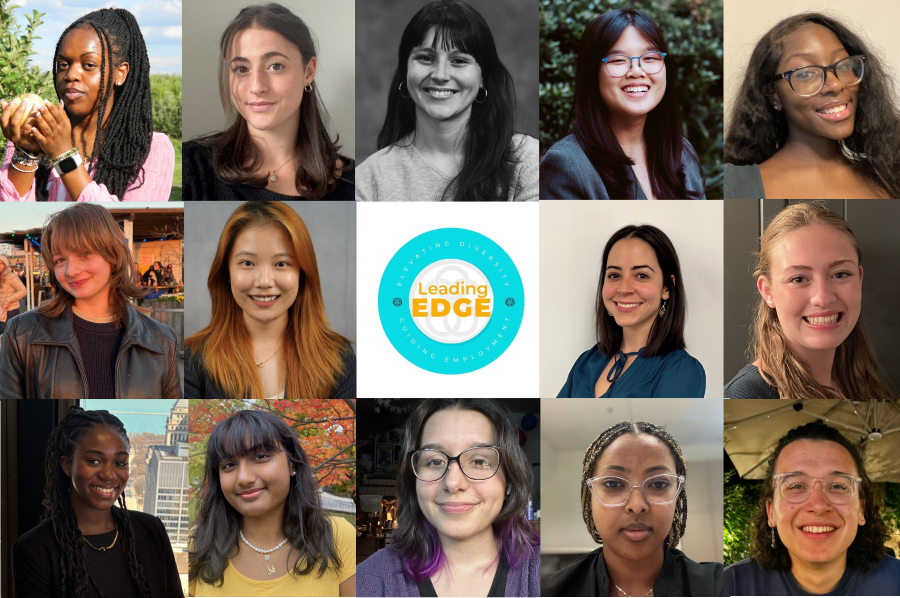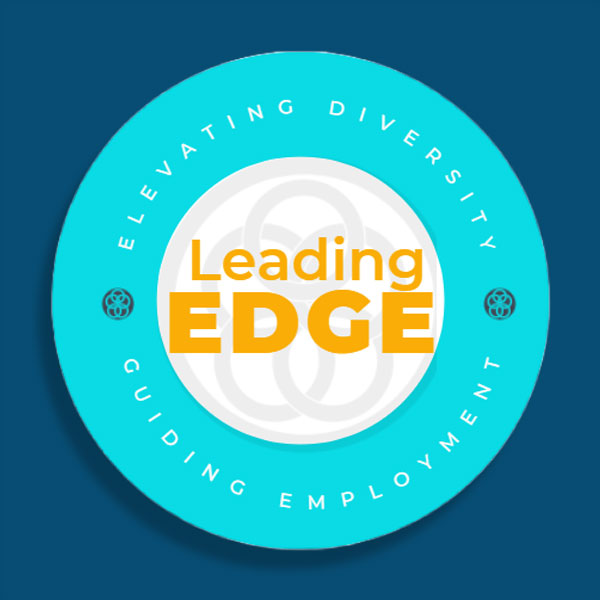How to fight cultural bias with your fundraising

If you see someone in distress, you want to help no matter who that person is. And so do your donors. Right?
Yes and no. It turns out although we may try, we may not care for everyone equally, which has major implications for our fundraising and the future of our organizations.
University of Zurich researchers looked at a group of European soccer fans. They met people and competed in trivia competitions with them. Then they witnessed those same people getting shocked; neuroimaging registered their reaction and empathy for the person. The trick was that sometimes the person was a fellow fan of their favorite team; sometimes it was a rival. Sure enough, people felt far more empathy for the in-group—their favorite team’s fans—than the out-group.
But, you say, maybe this is just football hooliganism to the extreme. Surely we wouldn’t do that for things that matter? Well, a separate set of researchers put subjects into an MRI scanner. They then showed them a hand being touched by a cotton swab (control) or needle (test) to isolate what the brains’ reactions to pain were.
Then they labeled each hand with one of Christian, Muslim, Jewish, Hindu, Scientologist, or atheist. As with soccer teams, the subjects had more distress when seeing the pain of someone who belonged to the same religion and less when viewing the out-group person. Labels alone led to bias and decreased empathy. (That’s on average — some people did care for everyone about equally.)
In fact, the bias was so strong, the researchers were able to label, with 72% accuracy, what the subject’s in-group was just by looking at their MRI, which should have been a 1-out-of-6 shot.
They also tried this with made up labels—they labeled a person an Augustinian or Justinian, two warring tribes. Even though they knew this was random, they still showed less empathy with the opposing “tribe” was stabbed.
So this seems utterly depressing. And perhaps it explains why we have had such an aversion to that person down the street with the “wrong” political yard sign. Why is it relevant to nonprofits?
Because this is how people respond to appeals.
People are more likely to respond to an in-group than an out-group. When researchers looked at a text-to-give campaign in Greece, donations were halved when the recipient of charity was a part of a stigmatized group (a Roma child) compared to either a general description (a child) or a national identity (a Greek child).
Closer to home, researchers looked at direct philanthropy on Kiva, asking assistants to rate photos of people requesting microloans by, among other things, attractiveness, physique, and skin color. The study found that, all other measured things being equal, those people who were one standard deviation different from their cohort saw a different outcome:
- More attractive had an 11% shorter time to get full funding.
- Heavier had a 12% longer time to get full funding.
- Darker in skin color had an 8% longer time to get full funding.
For perspective, asking for 10% more money increased the amount of time to complete the loan by 13%. So, being more attractive and skinnier than the average was the equivalent of getting almost 20% more money.
This is the challenge for nonprofits. Use the stories of those from out-groups and lose vital money for your mission. Or use the stories of those from in-groups and reenforce a dangerous lack of empathy.
Thankfully, there are other options. One is not to mention in-group/out-group status. For example, in the Greek study, “child” did just as well as “Greek child”—it was only the Roma child where empathy decreased. This is rather like the tactic famously used by orchestras to ensure fairness: auditioning without the judges being able to see the performers has dramatically increased the diversity of major orchestras in recent years.
Another is to create empathy by asking the person to imagine themselves in someone else’s shoes. A study of the Syrian refugee crisis found that people were more willing to take action—writing the White House—if they were primed by “Imagine that you are a refugee fleeing persecution in a war-torn country. What would you take with you, limited only to what you can carry yourself, on your journey?”
Finally, there is a tactic that dates to at least the 15th century and Deganawida, the Great Peacemaker of the Iroquois. When the five tribes of the Iroquois were at war, he assigned each tribe member to nine different clans—critically, clans that cut across their tribal loyalties. This intersection of allegiances helped him mitigate the enmity among the tribes.
For us, that means asking people to identify with the things that people have in common. A donor in a United States suburb may not think they have much in common with a potential recipient of help halfway across the world… until they are reminded that this person is a parent like you.
And, thankfully, this idea of focusing more on what unites us than what divides us helps us with empathy in more than just our fundraising.
If you enjoyed this post, you might also enjoy our Test of the Month webinar series. These “snack size” 20-30 minute programs, led by none other than Nick Ellinger, review testing case studies to help spark new ideas for your own fundraising and marketing programs. Register for the series and attend when you can. Held on the third Thursday of every month, January-October, at noon ET.
Photo by Clay Banks on Unsplash



